IBM explores copper magnetism for the development of "atomic memory modules"
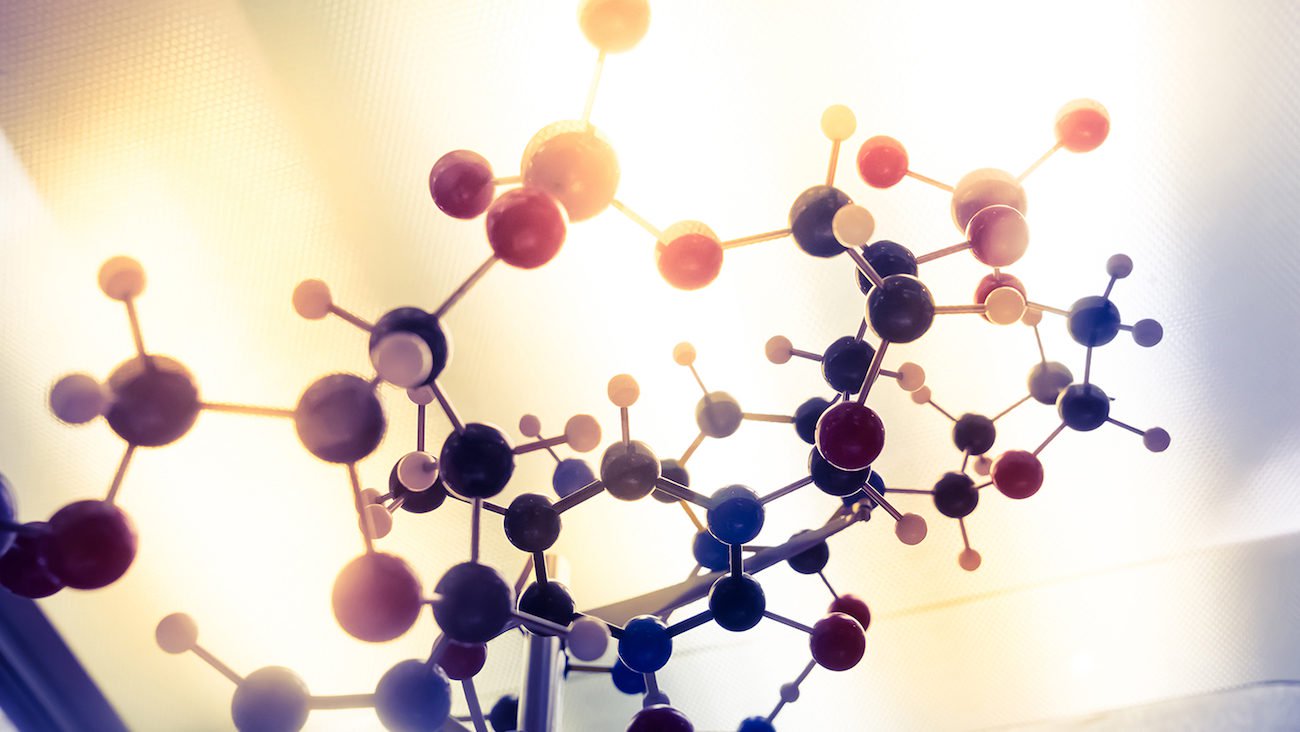 Source:
Source:
Every innovation in any field starts with basic research that lays the Foundation for future inventions. Now it becomes clear that the media in its present form will cease to exist, as happened once with floppy disks and punch cards. Some companies (for example ) are actively engaged in research on DNA memory, but decided to go the other way and start developing drives in which storage media will be copper atoms.
According to the publication Nature Nanotechnology, IBM Research is engaged in researches in the field of copper magnetism. In General, as you know, under normal conditions, copper is not magnetic, but in the latest study, the researchers IBM's Christopher Lutz and Kai Yang demonstrated that they can control the magnetism of the nucleus of a single atom using nuclear magnetic resonance and scanning tunneling microscope.
"We conduct fundamental research in the field of nanotechnology. This is the first time we can see the atom and move it using a scanning tunneling microscope. We have learned to control the magnetic state of the core."
The Main condition for the emergence of copper magnetism — isolation of a single atom of copper from its neighbors, which allows to make scanning tunneling microscope. As explained by Dr. Lutz
"This is a two-step process. First, we need to align the atom to not pointed in random directions. For this we use radio waves coming from the tip of a sharp metal needle. Radio waves are tuned exactly to the natural frequency of the kernel. In the second stage, we gain access to the nucleus with the electric current from the tip."
the Schematic image of the nuclear magnetism of a single atom of copper to
In addition, scientists say that copper atoms have 4 different quantum state, and this means that they can get not just "atomic memory", but memory is a new type. For example, now such a magnetic memory MRAM (magnetoresistive RAM) retains data only through 2 States.
"the device with two States of magnetic orientation gives us a one or a zero. Here we have a cell in a hundred thousand times smaller, but with a much larger number of options. Our next steps will be to create arrays of magnetic atoms of copper. We have already begun to practice the Assembly of atoms."
This and other news you can discuss in our
Recommended
How to watch YouTube on my TV? Example TV set-top box on Android
Interesting design draws all gadgets In recent years, increasingly heard the words “I don't watch TV”. Some add that they don't even have. But on the TV hanging on the wall or standing do not stand, you can watch not only Federal channels. Especially...
How to strengthen a cell phone signal in a country house or cottage
In modern life is hard to imagine myself without any of the advantages of mobile communication and wireless Internet, especially outside the city. To lose the ability to communicate is not desirable, sometimes you got to work (and play, of course). B...
USA looking for a company that will burn tons of sensitive data
Huge volumes of data that are stored on military bases, not just drag to trash and delete. All equipment that store confidential information, subject to complete destruction. Best of all this handle the fire, so missile range White Sands in new Mexic...
Related News
Intel is challenging AMD for their new 48-core processor
Opposition to such "iron" giants like Intel and AMD will not end, probably, never. The company regularly updates its line of professors, adding new features, improving workflow and making their products more powerful and interesti...
First launched the most powerful supercomputer simulating the human brain
Today, supercomputers are used for a wide range of tasks from various mathematical calculations and manipulation of data sets to simulation of pharmaceutical compounds and artificial intelligence. However, there are computers aime...
Memory of the future: how does a SSD?
the flash memory is of particular interest. When the traditional hard drives store information on several magnetic platters (platter), where an actuator with a reading head receives information from a rotating disk, SSD the inform...
Intel launched the Core processors, the 9th generation
Intel has introduced a 9-th generation Core processors aimed at enthusiasts and gamers. Ninth generation Coffee Lake Refresh, and the eighth built on the basis of 14-nm manufacturing process, but promises greater opportunities for...
Updating the iconic acoustics at HARMAN IFA 2018
At the ongoing Berlin IFA 2018 HARMAN — subsidiary of Samsung Electronics — introduced several new products, among which there are models that deserves attention. All of our novelties presented at the exhibition are m...
This HP will help in the fight against superbugs
Virtually throughout the history of mankind is a relentless struggle against pathogenic bacteria. And it is the tipping in one direction and then the other. The invention of antibiotics helped people to get ahead, but the germs ha...
NVIDIA introduced a new generation of gaming graphics cards GeForce RTX 2000
the day before Gamescom 2018 — the annual international exhibition of computer games, traditionally held in the German city of Cologne – NVIDIA and their chief Jen-sun Huang unveiled the long-awaited new generation of graphi...
Important detail Snapdragon 855
In the flagship smartphones — powerful hardware. 855 new Snapdragon processor from Qualcomm is likely to get previously not peculiar to hardware platforms a feature that will extend its functionality. the Network has new in...
NVIDIA announces gaming graphics card the new generation next week
a Large army of fans of NVIDIA for months he prays to the manufacturer to present the new generation of gaming graphics solutions GeForce. Just a few hours ago graphics card manufacturer has introduced a new GPU architecture Turin...
Qualcomm showed "wireless future", which will begin in August
When we are talking about the wireless future, many users will imagine prospects of development of the networks and, above all, 5G technology. To the future Qualcomm also . But wireless technology doesn't stop there. There are oth...
Windows-the computer is doing a similar phone home?
until relatively recently, it was clear — a personal computer is a device significantly more productive than a phone. To date, not all so clearly and with time, it may be that computers running Microsoft Windows 10 will make...
With this SSD you will surely forget about the wire (almost)
Flash memory is very interesting. If the traditional hard drives store information on several magnetic platters (platter), where an actuator with a reading head receives information from a rotating disk, in case c SSD, information...
Jetson Xavier: the brain for robots with AI from NVIDIA
At the ongoing international exhibition of high technologies 2018 Computex, NVIDIA has introduced a rather interesting product: the chip called the Jetson Xavier (also known as Isaac), who will act as the brain for robots focused ...
3 processor top smartphone "MacBook with a touchscreen" is presented. Support 8K
Computer technology is developing most dynamically. Modern smart phones are less powerful than many computers. And every year, their capabilities increase. This is achieved in particular due to the use of new processors — CP...
Half a million routers can be turned off VPNFilter
Researchers in the field of security recently discovered that at least 500 thousand routers in service among ordinary users and companies infected by malware VPNFilter, the previous version which was previously spread on the terri...
In Intel found a serious vulnerability. Again
Not long ago there was a story with a critical vulnerability in Intel processors during which the Corporation is even a patch for its processors. But some time ago, processors world-famous company was again in the spotlight. This ...
German scientists have created "electronic nose" that can be embedded in any smartphone
On our site we are already on the establishment of high-precision electronic nose, but in the modern world valued the portability and mobility. A group of researchers from Germany has recently introduced a very small sensor, which...
Oppo F7 — for those who love style and selfies
Release of a new smartphone — it is always an interesting event, which attracts attention and makes you want to know what could the manufacturer do to attract potential buyers. New from Oppo, which is called F7, this smartph...
AMD officially introduced the second generation of processors Ryzen
AMD has officially introduced the second generation of processors Ryzen. New items offer increased frequencies, support for the new chipset, as well as acceleration technology drives AMD StoreMI. At the start of sales line will in...
Intel will no longer defend some of their processors from vulnerabilities
At the beginning of this, as of 2018, some processors of Intel was discovered that allowed attackers to steal user data which are processed in the processor. Immediately representatives of Intel said that will work on a "patch" th...


















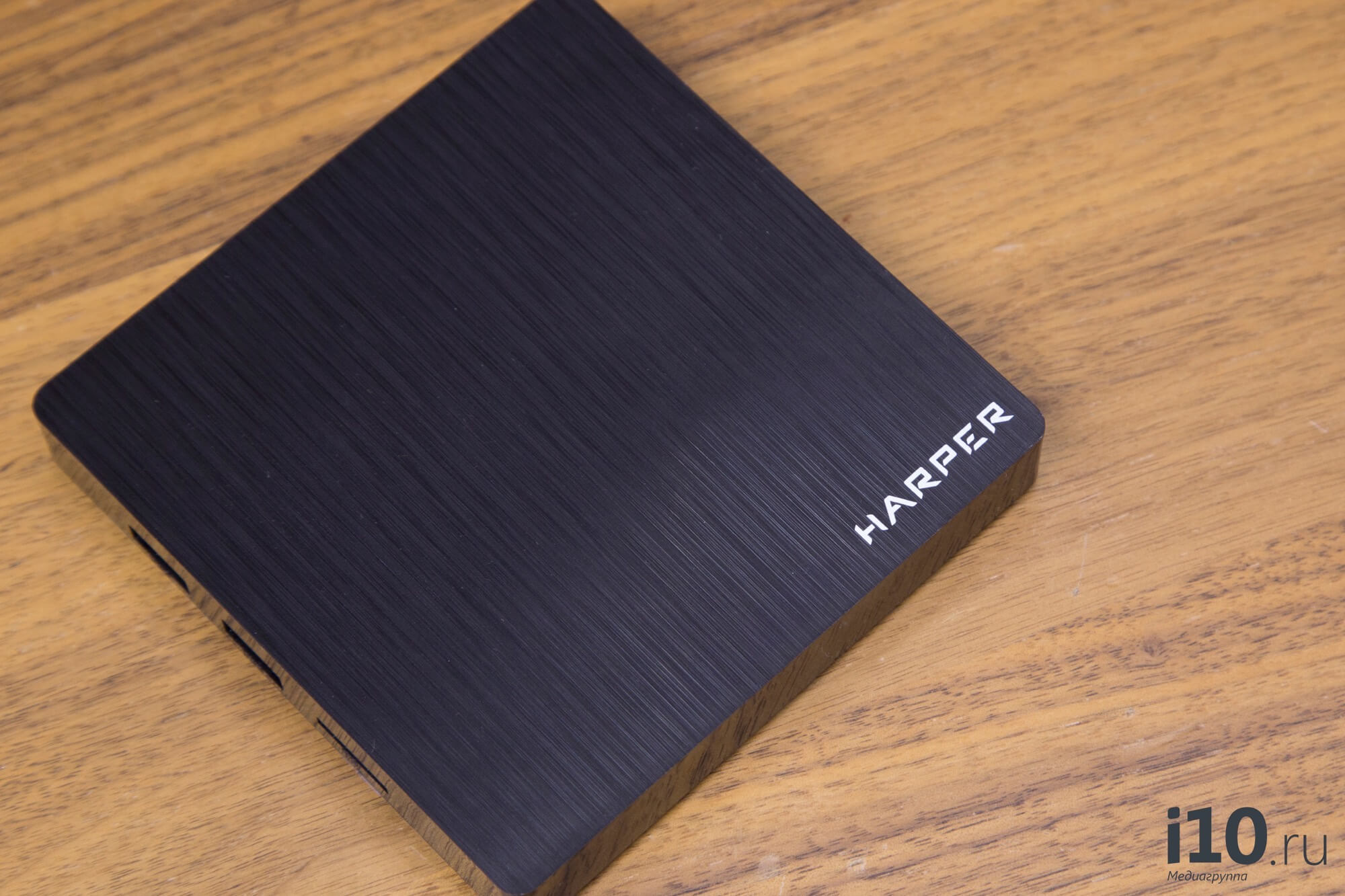

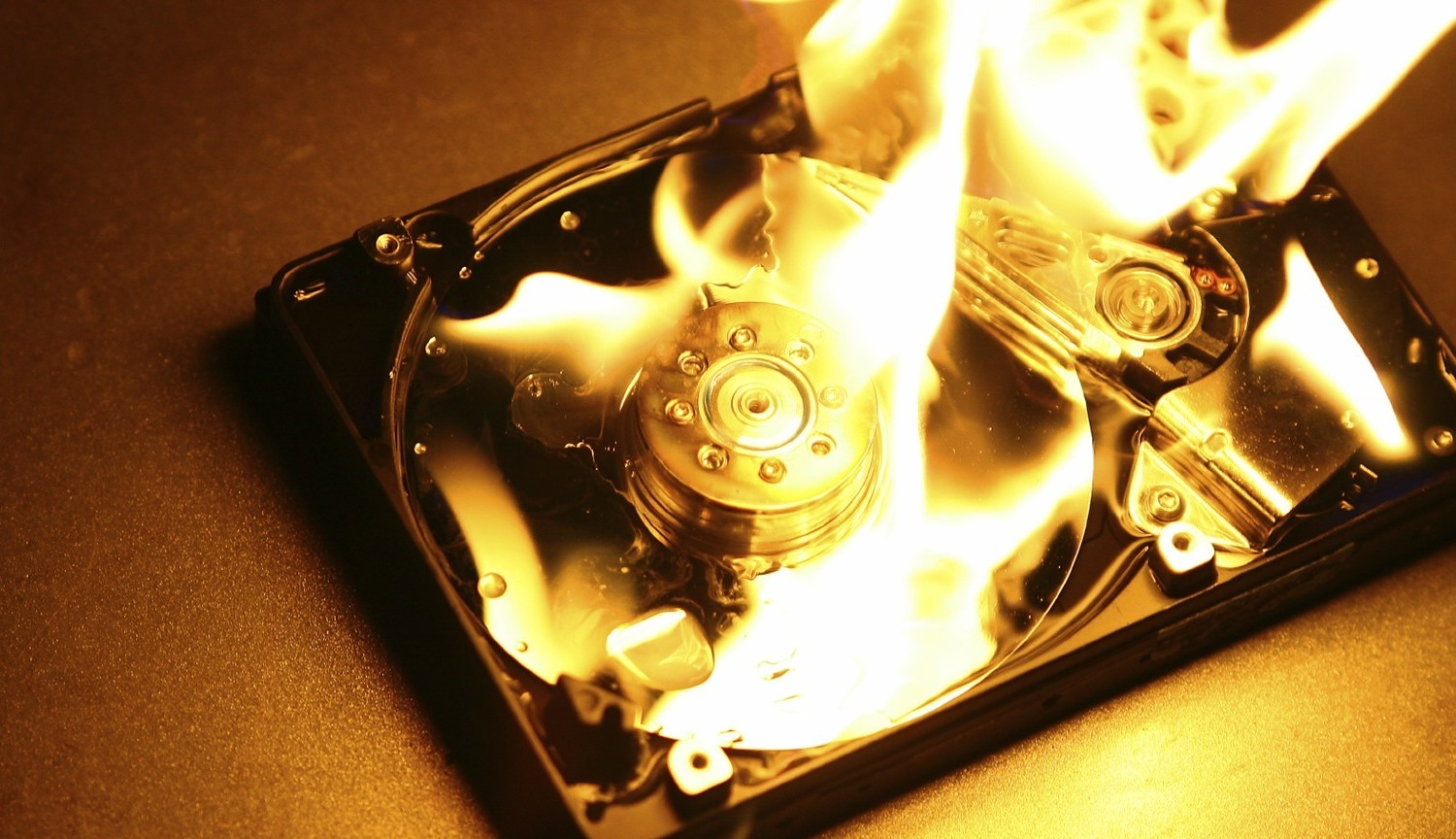
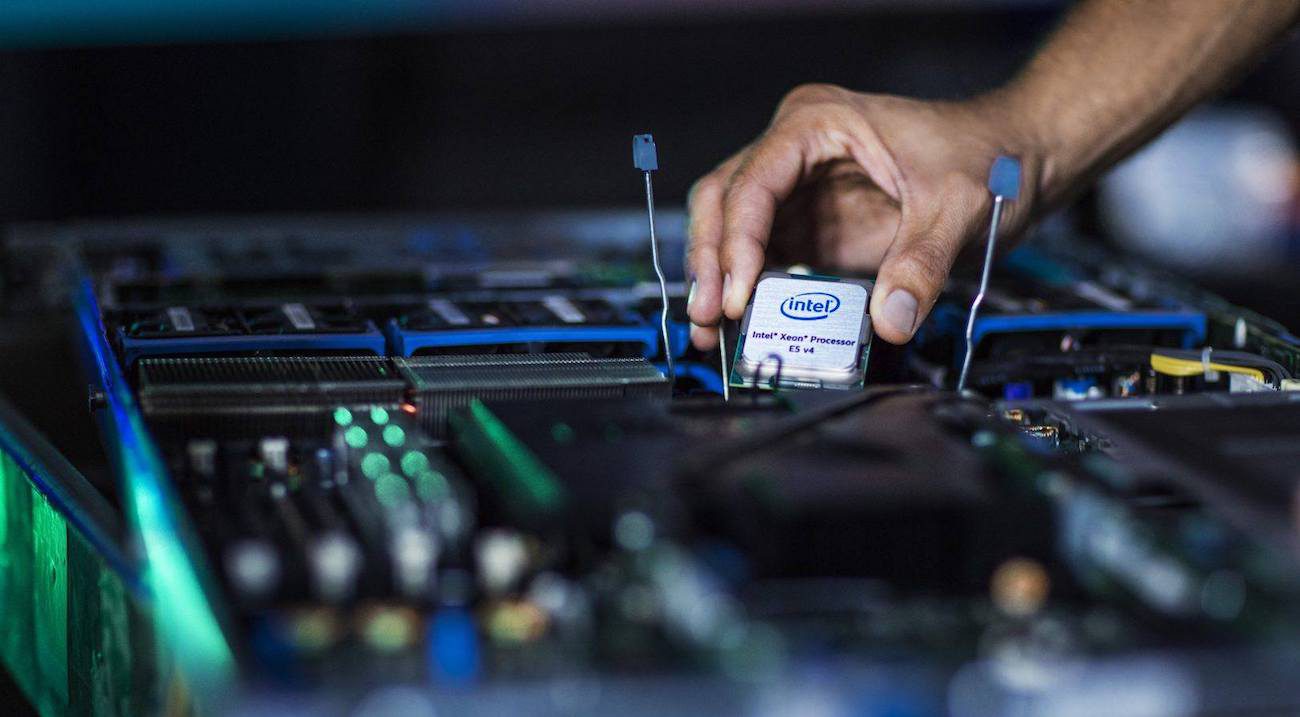
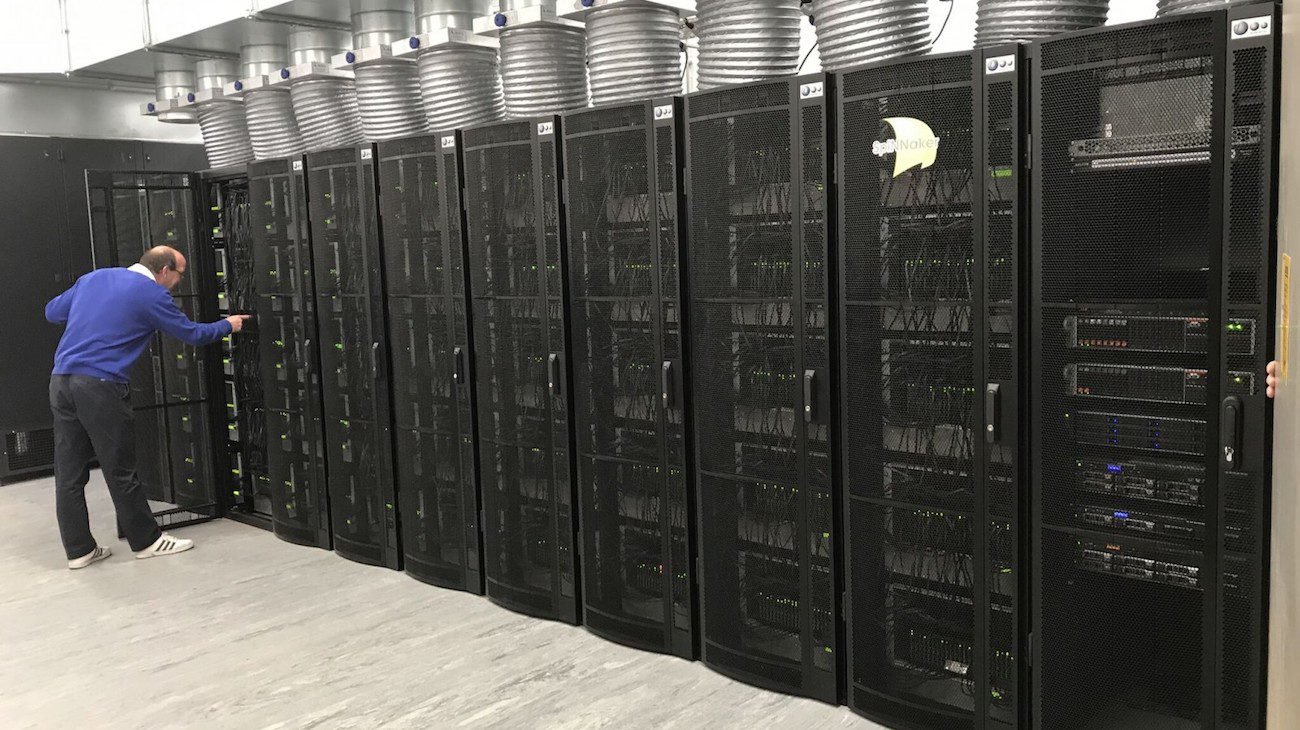
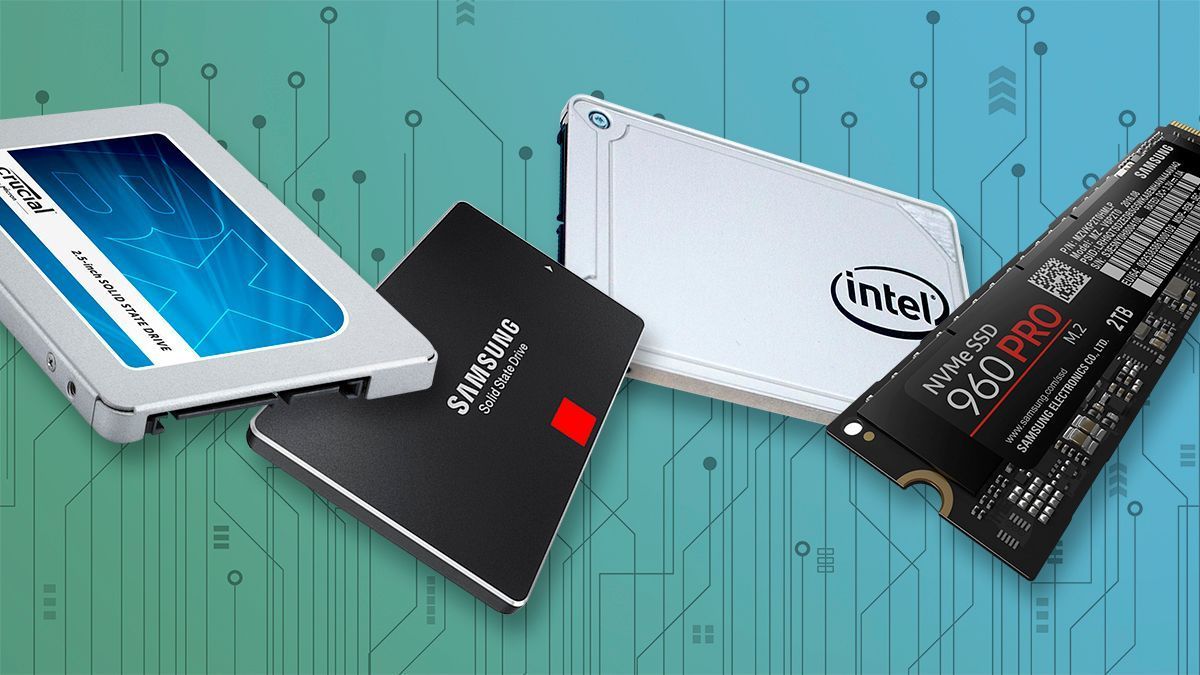
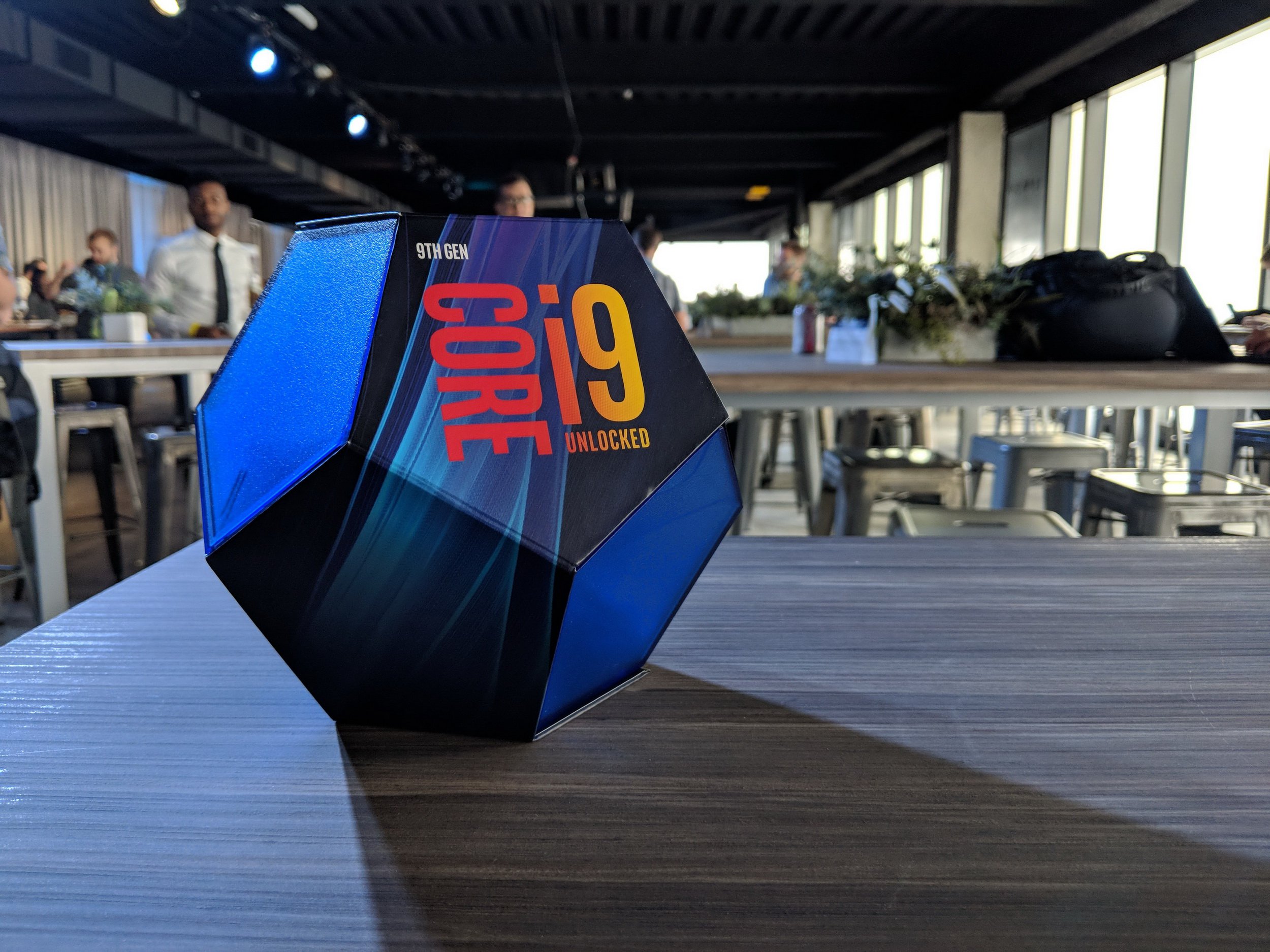
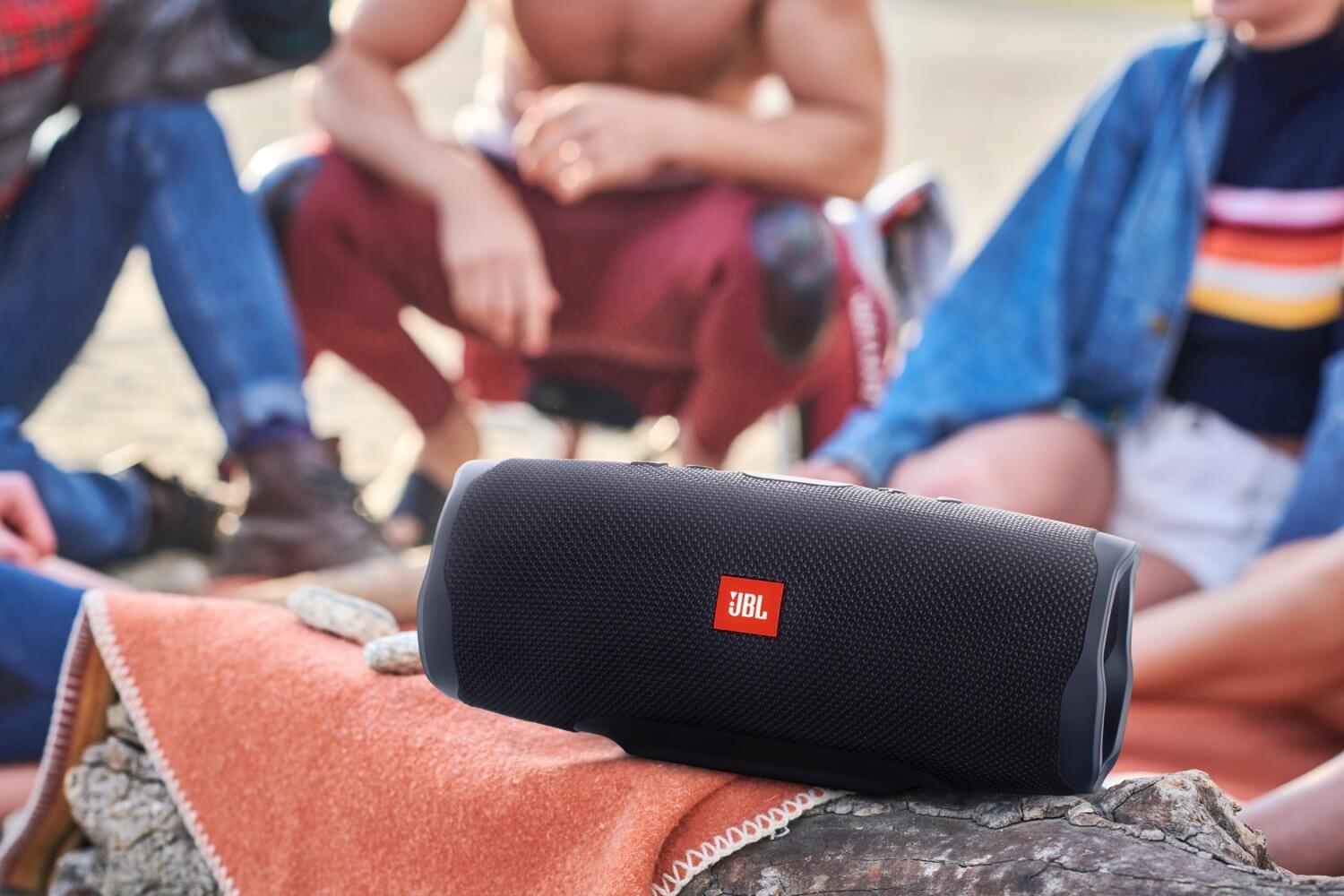
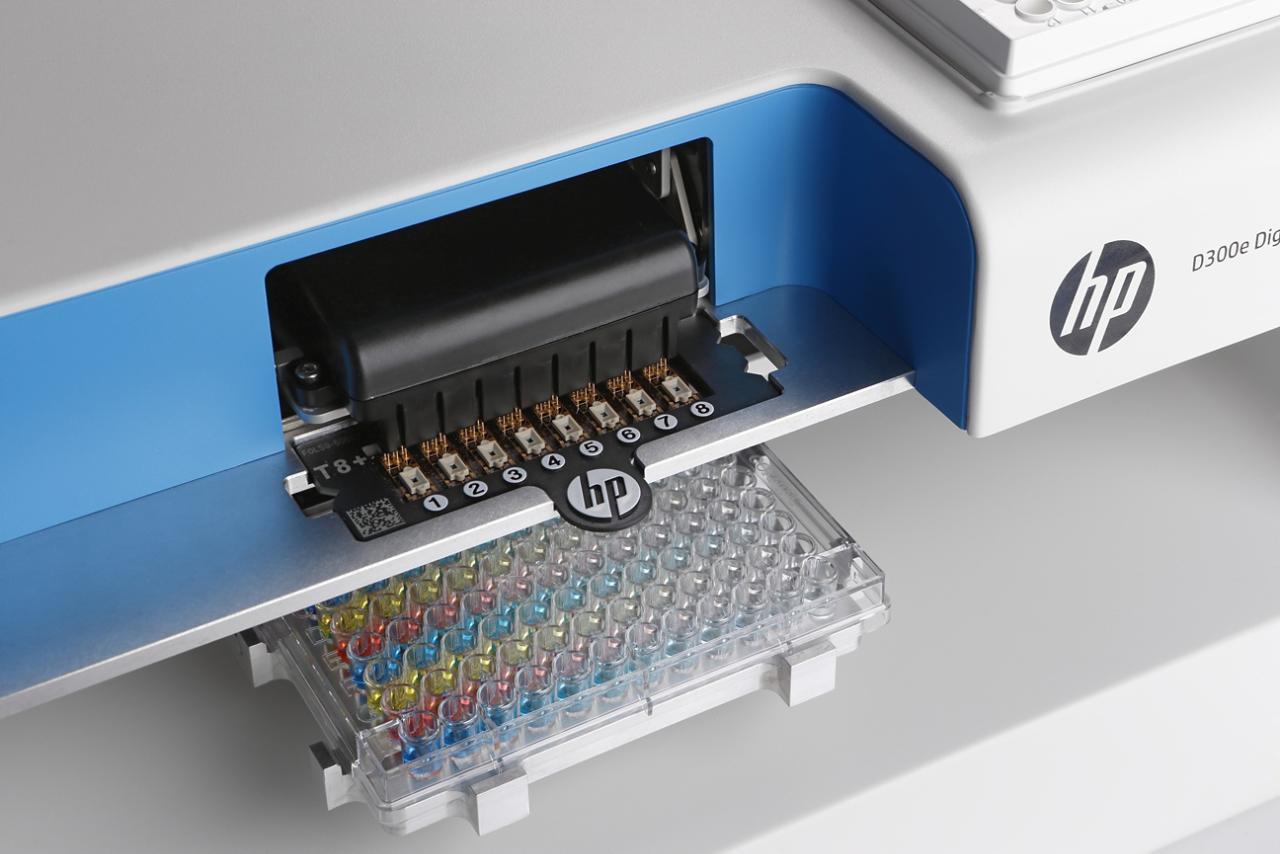
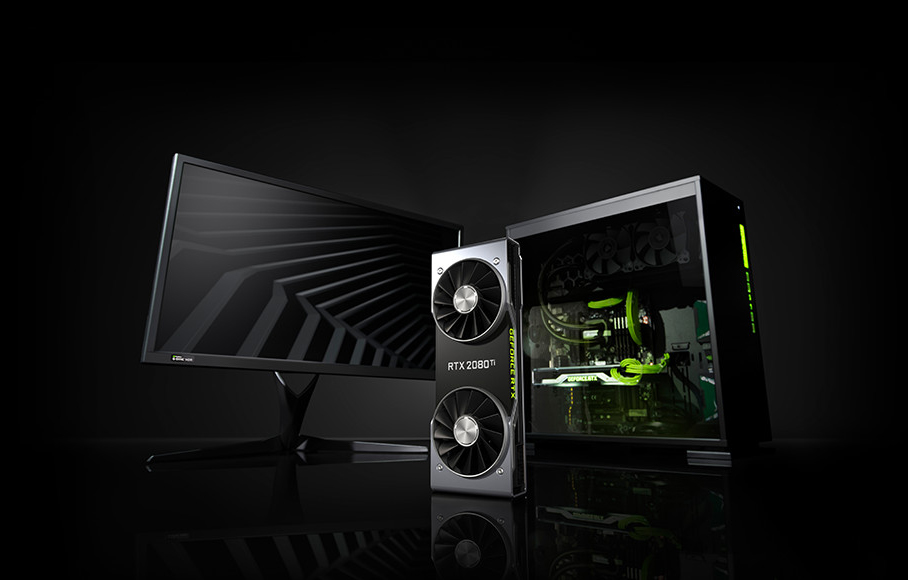
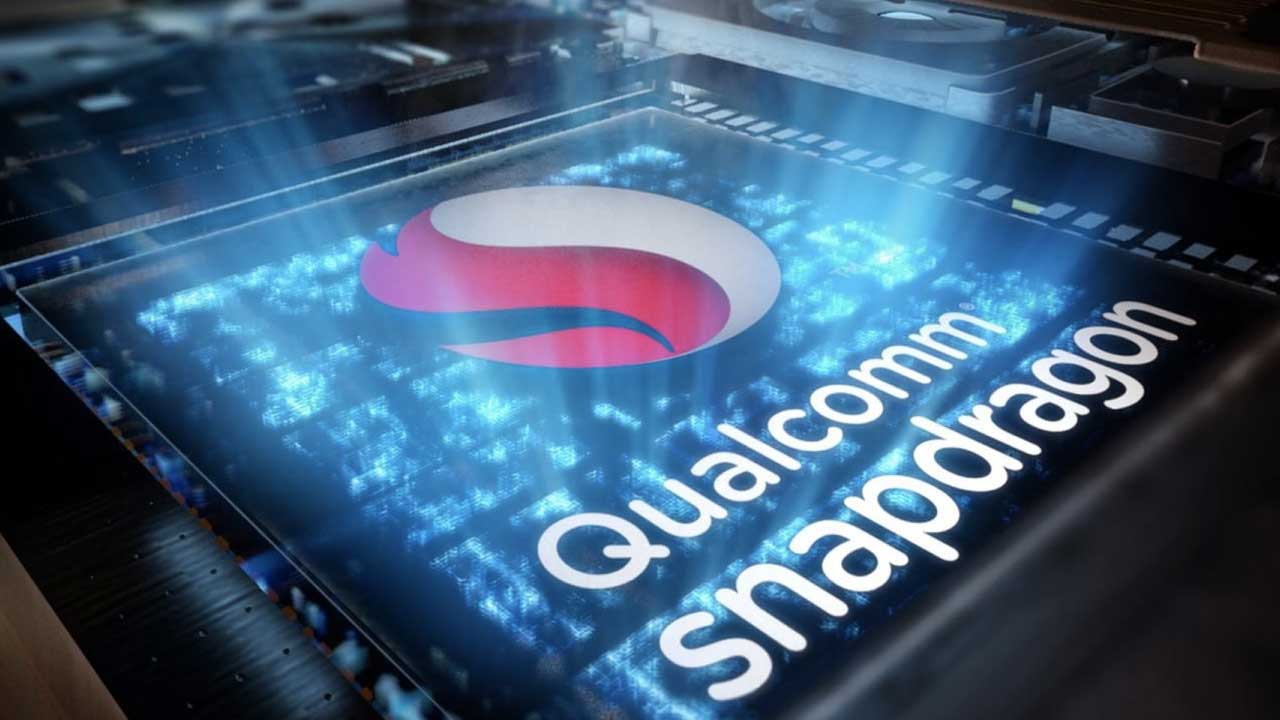
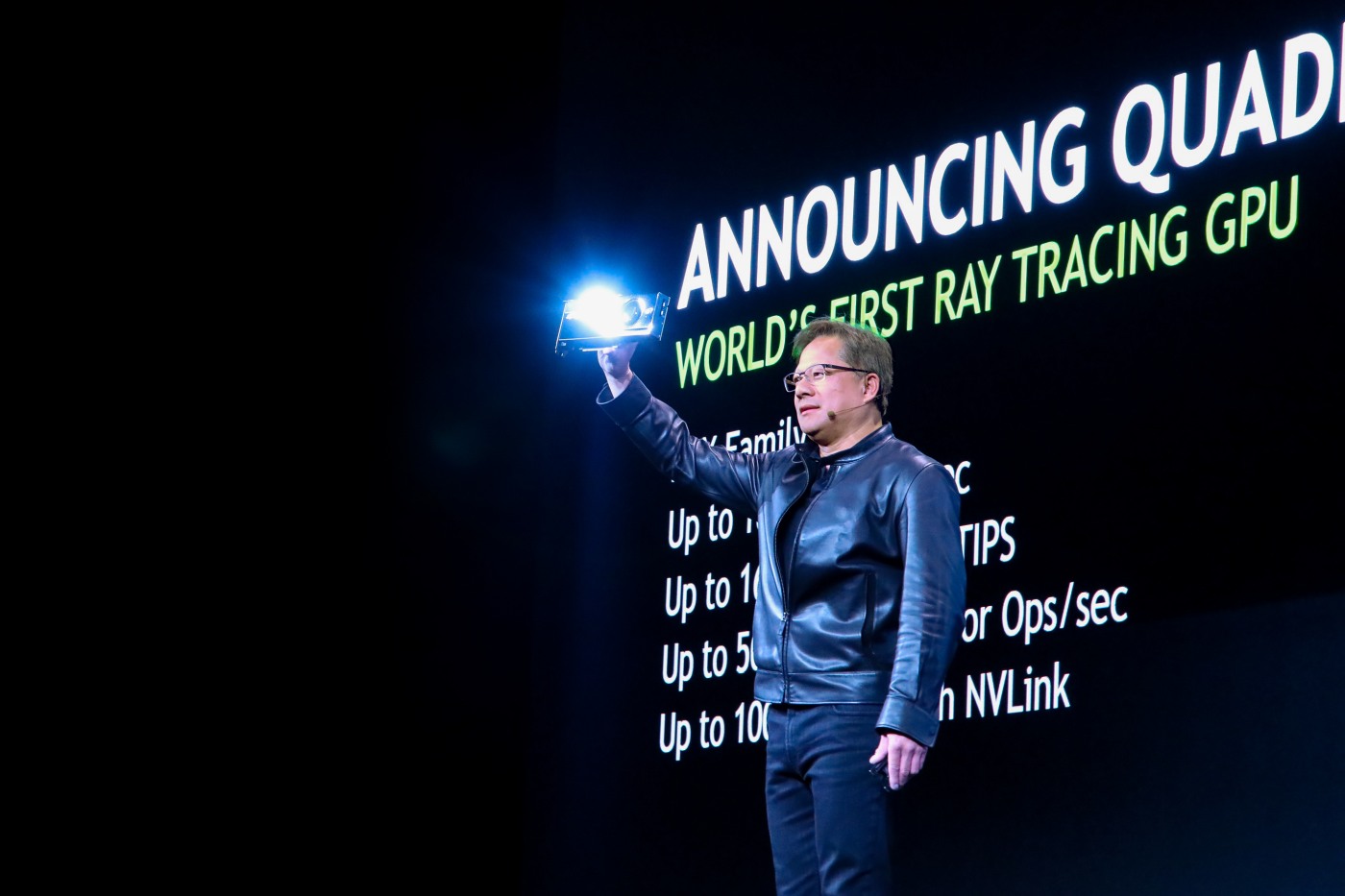
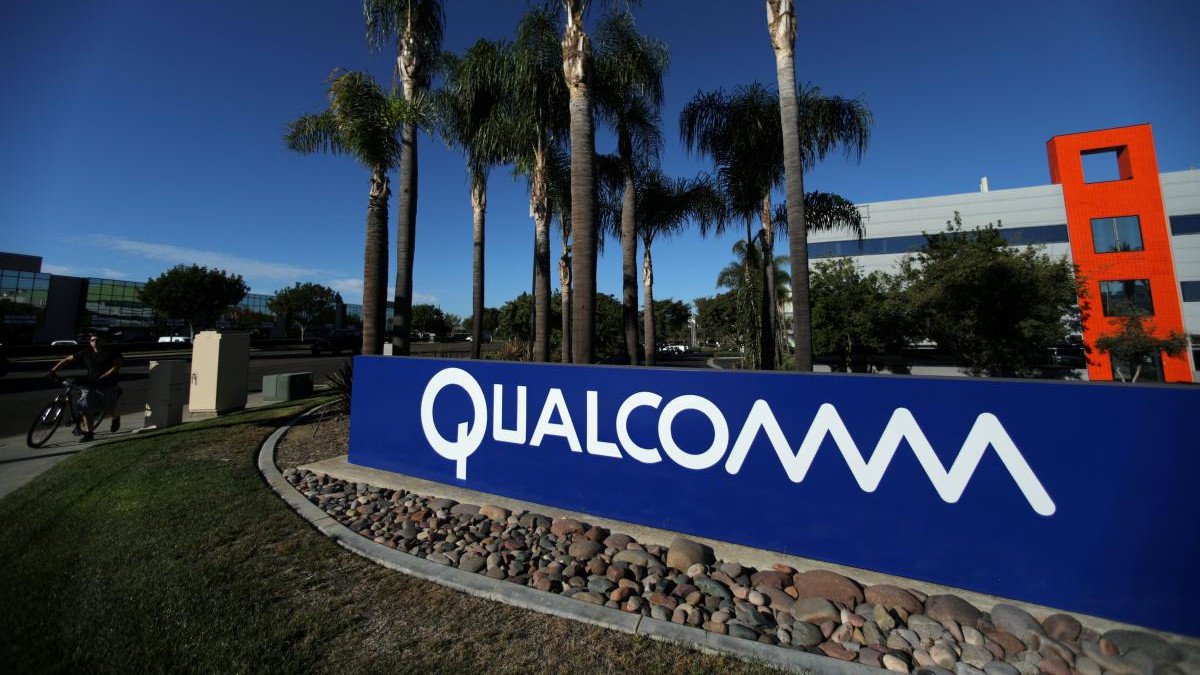
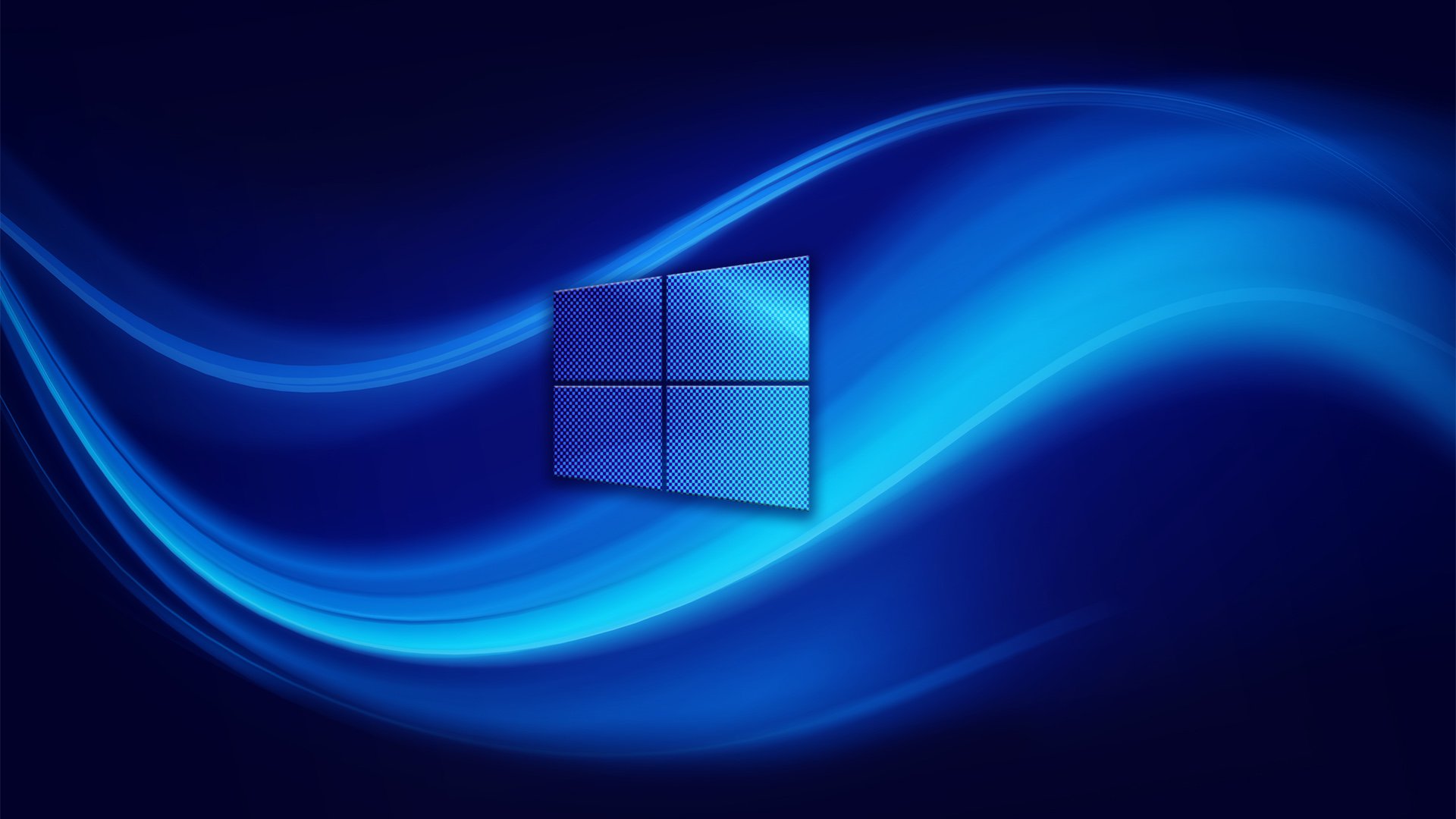
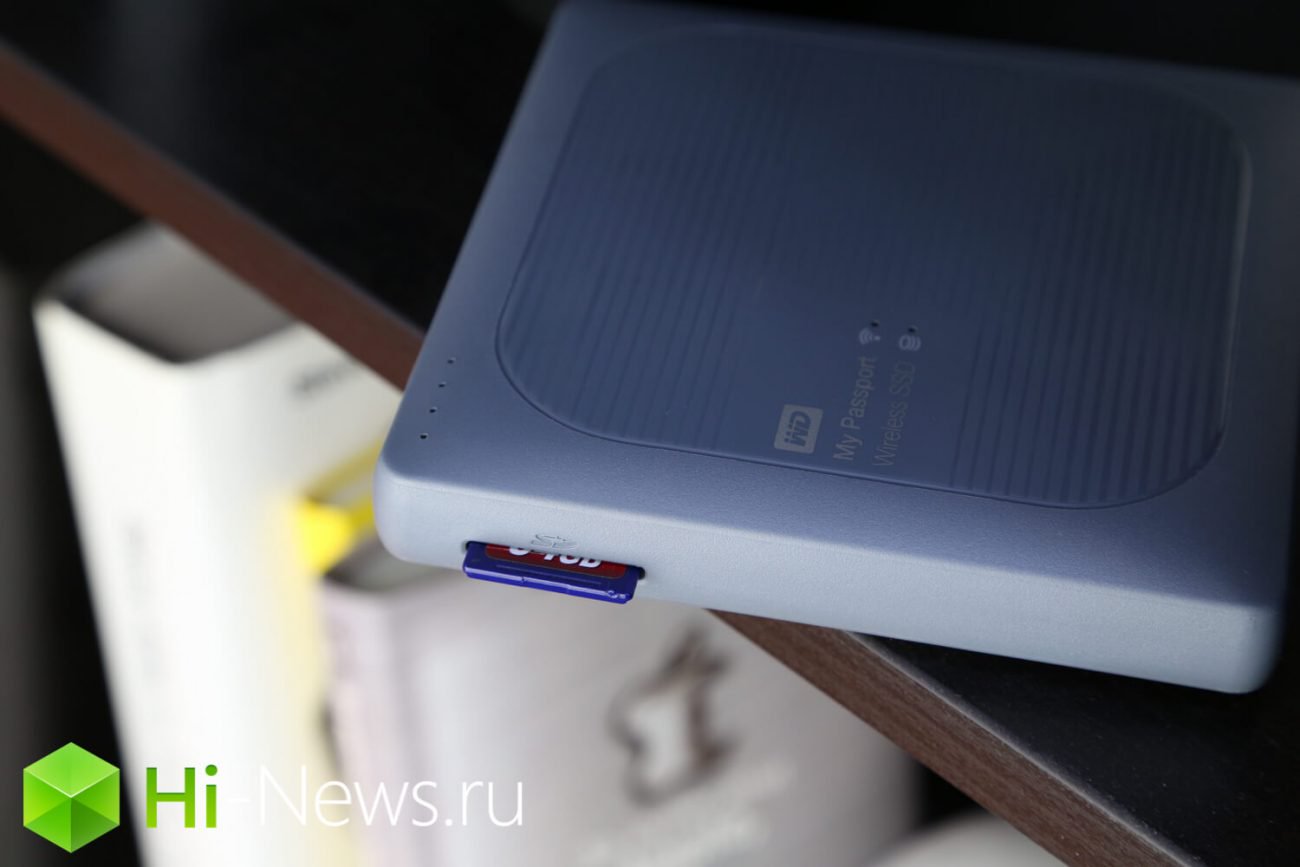
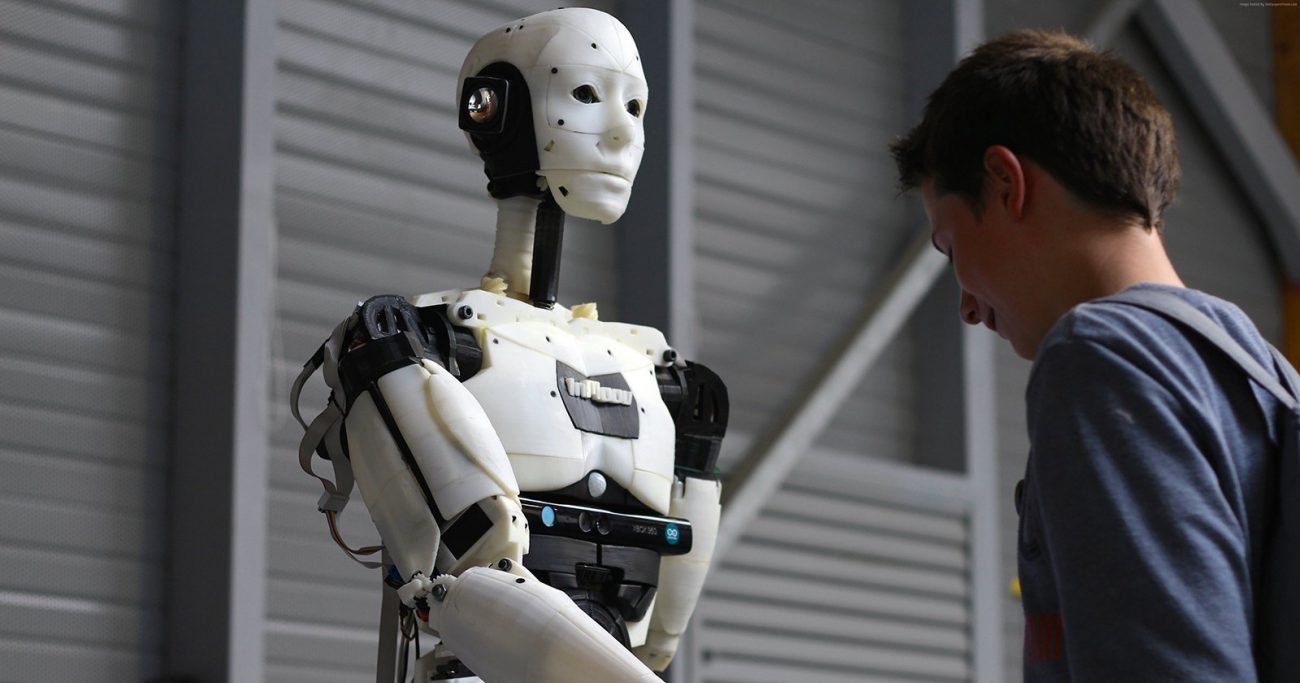
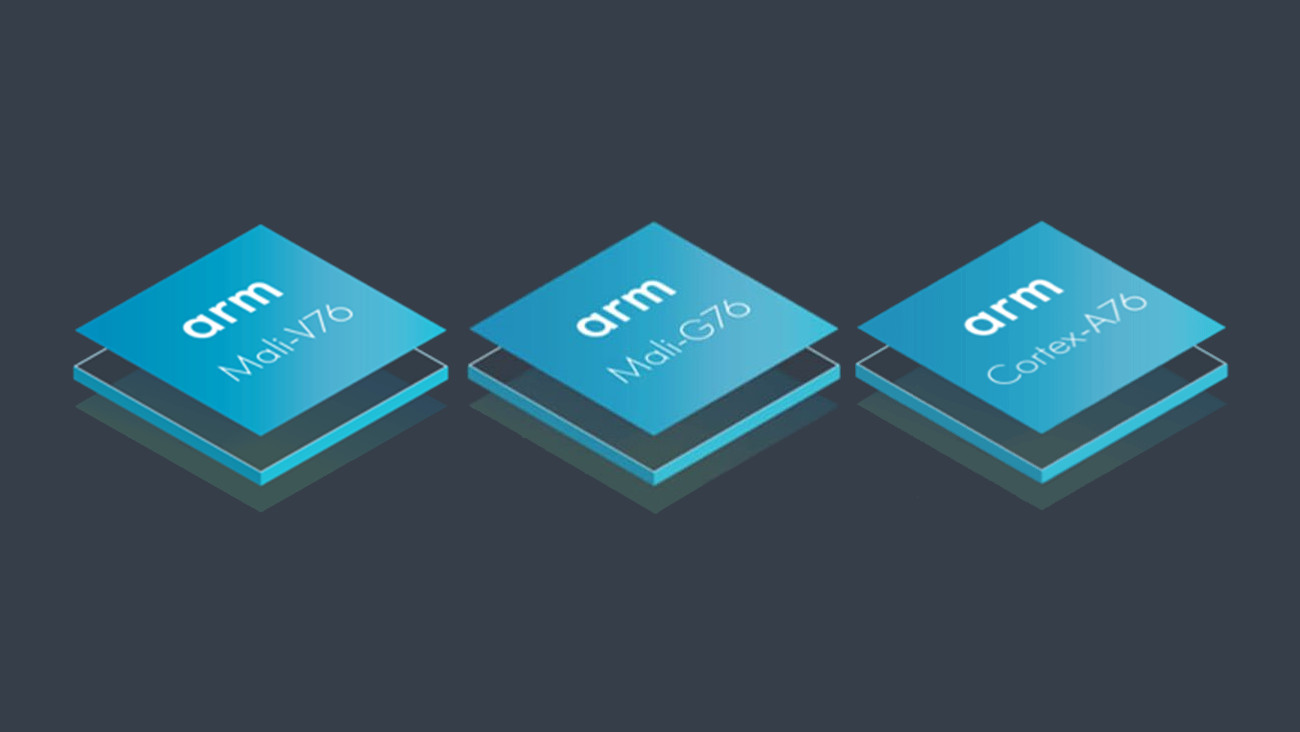




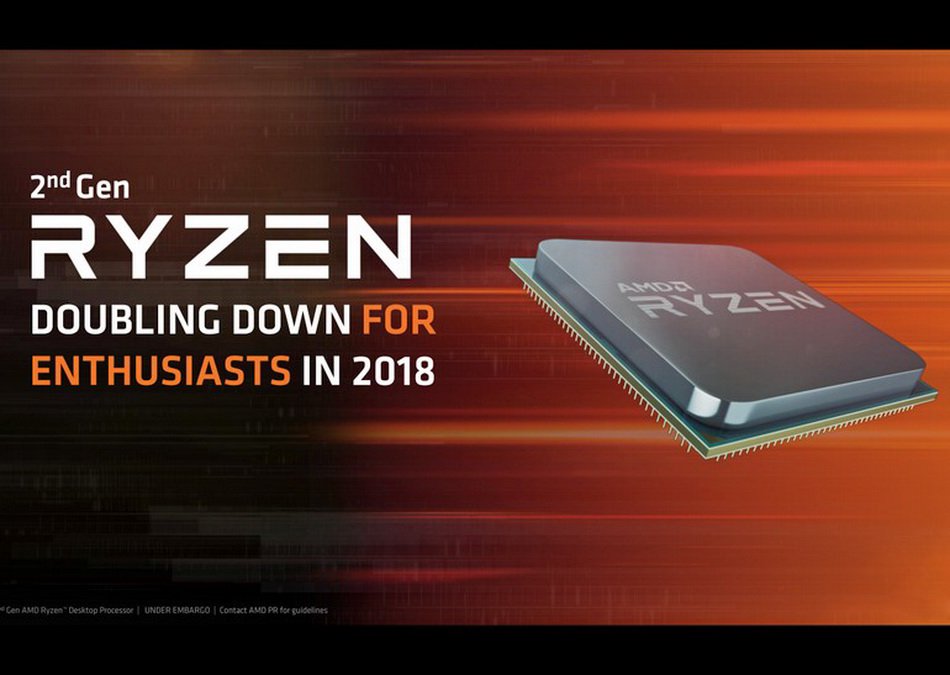
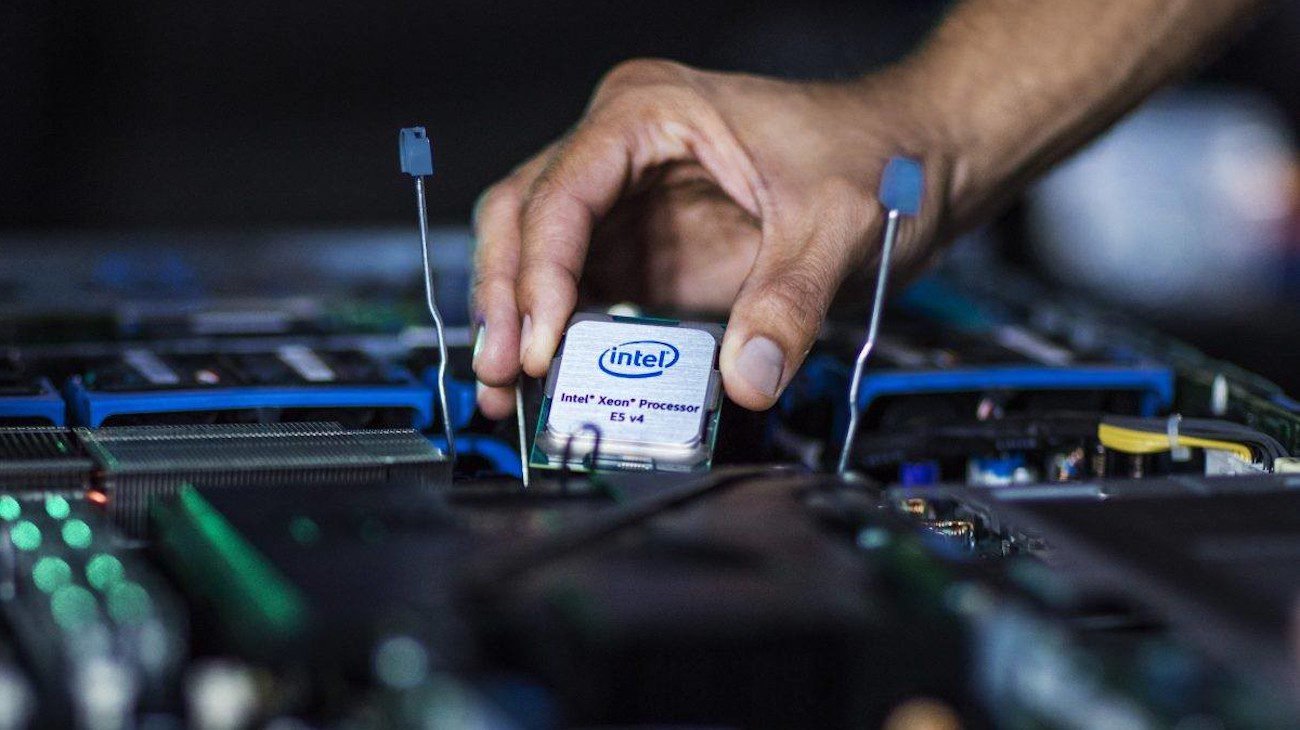
Comments (0)
This article has no comment, be the first!